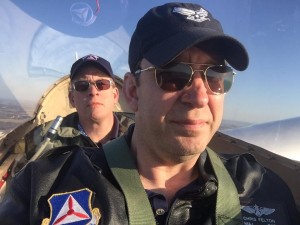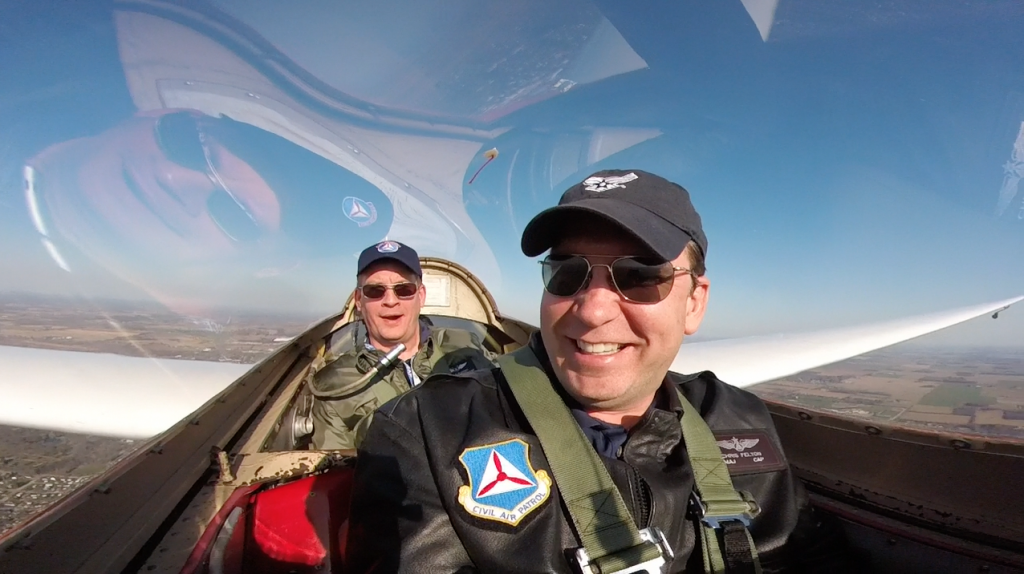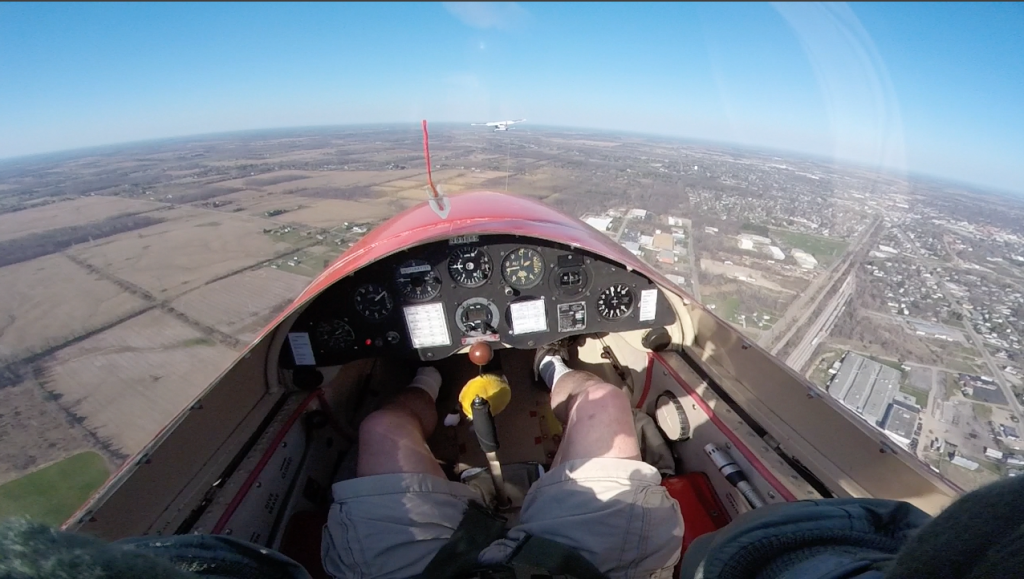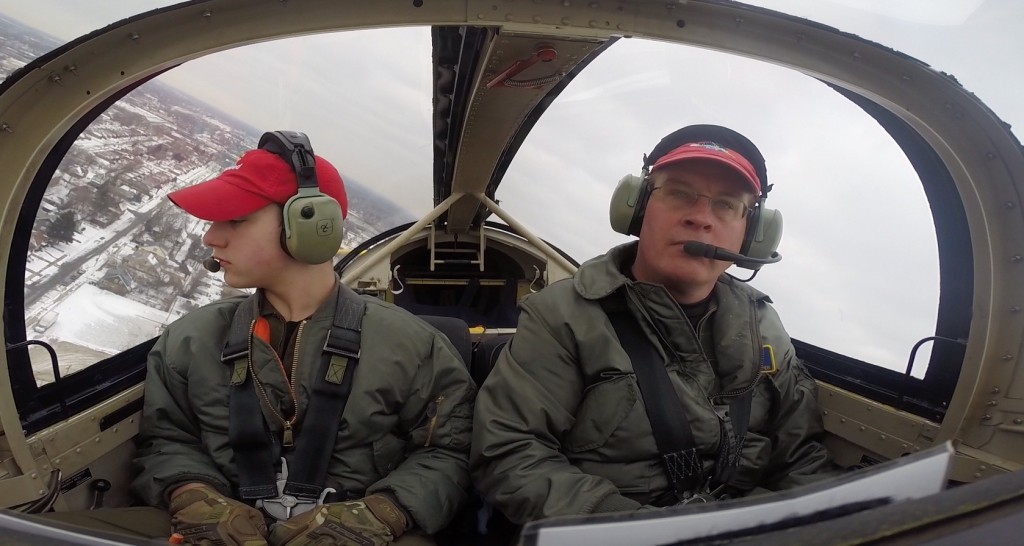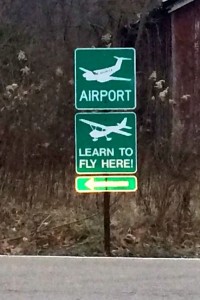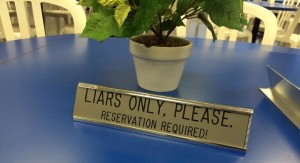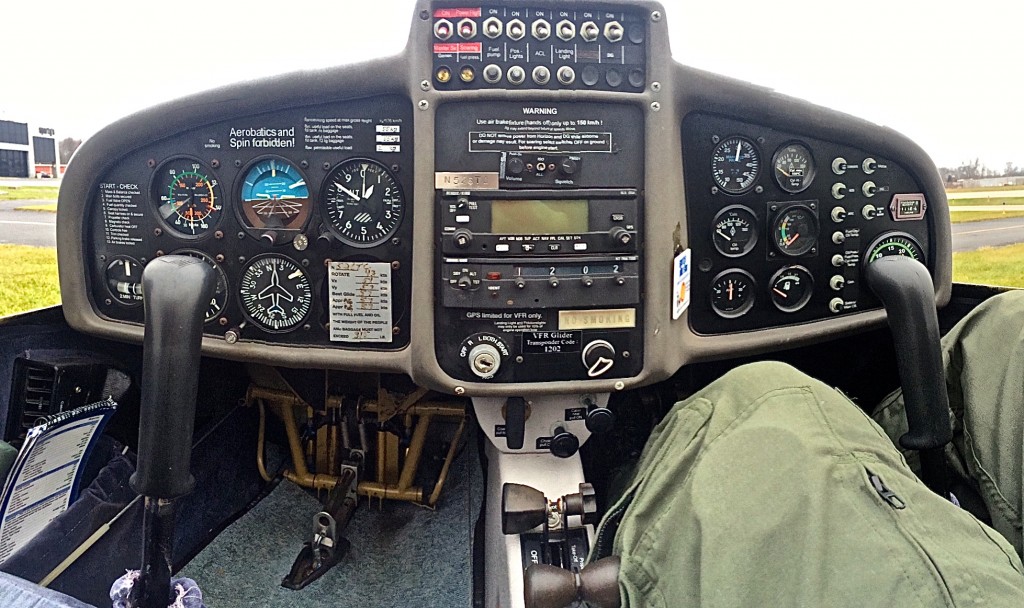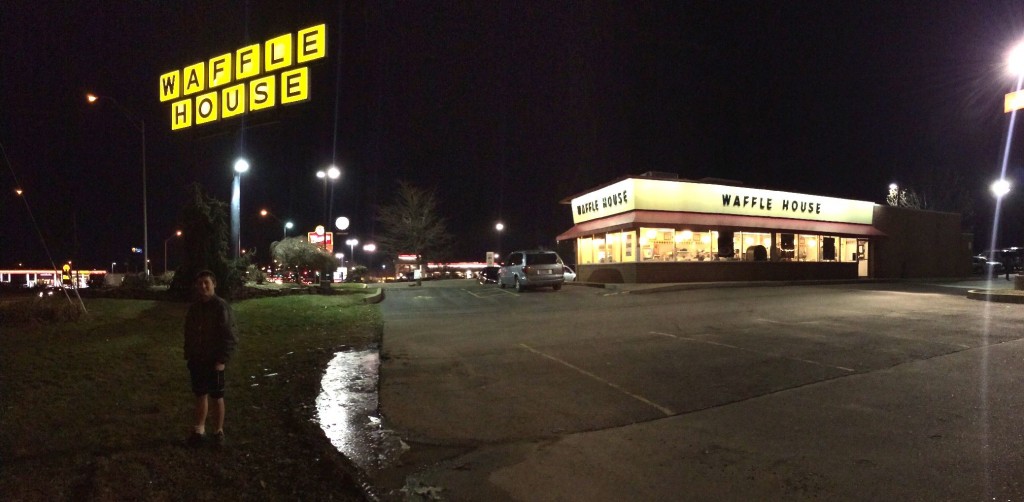Yesterday, I debuted as a cadet orientation pilot for CAP. Yeah, I’ve been a CFI and a rated CAP instructor pilot since last June, but I had only recently gotten around to getting qualified as a cadet orientation pilot.
I’m comfortable in the ASK 21, but less so in the SGS 2-32. Thus, I started out the day with three flights with Maj Chris Felton in the 2-32. I flew in the back and had the controls for the first two, then we switched and Chris took the controls in the back for the third flight. (It’s a sign that you’re taking operations seriously when you go fly with a friend and the PIC wants the back seat. The front is too easy. There are instruments up there and it’s too easy to see the tow plane.) I managed to bring the 2-32 to a stop in reusable condition twice, and then rode along on the third one mostly to get the sight pictures while an acknowledged master of the 2-32 flew the ship.
After a break, I hopped in and flew three cadets. (Studiously avoiding telling the first one that she was my first until after we landed.)
The Schweizer SGS 2-32 is a 1960s-era two-place glider built like a Buick with a large main wheel in the middle, a tiny tailwheel in the back, and a skid under the nose. Although it’s most fun to fly from and to the grass, CAP frequently flies it from and to paved runways. No worries. You just have to replace the metal on the skid more often. (And, if you’re as good as CAP expects you to be as a pilot, the airport has to re-paint the centerline stripes a little more often.)
MIWIG glider operations for cadet O-rides are usually split evenly between the more modern glass ASK 21 (equipped with all wheels and no skid) and the SGS 2-32, so it’s not uncommon for a cadet to show up for a 2-32 ride after having flown in nothing but the ASK 21 for up to four flights.
On my second O-ride, I had a pretty good landing, which usually consists of initial contact by the main wheel, followed by braking and the skid making contact with the runway and the noise attendant thereto for 50-100 feet until the aircraft comes to a halt.
The cadet, who was on Flight 3 after two flights in the ASK 21, was clearly concerned. He turned around and said, “Was that supposed to happen?” We explained that the skid makes that noise and that I had not snapped off a nosewheel on the landing. I’m not sure that we was convinced. We’ll see if he shows up for Flight 4.
The thing about which I’m most pleased is the progression that I’ve managed to get. I acknowledge that I’m a baby CFI. 100 aerotows total with 55.3 hours of dual given (including the TG-7A self-launch time, which is the majority of that dual). I hit the CAP glider ops weekend right after getting my CFI and got a Form 5 as a CAP instructor pilot. But then Capt Mark Grant helped me to use a very gradual slope to increase my role.
I started out by flying with rated pilots in the front seat. Pilots with airplane ratings but little or no glider time. Later, beginning this season, I flew in the back seat with my son, C/MSgt Nicholas “FOD” Tupper in the front as a student. A few weeks ago, I did a new Form 5 with Mark to add on the orientation pilot endorsement, as well as refreshing my pilot and instructor endorsements.
This progression allowed me to gently add responsibility and workload. Airplane pilots flail around the sky and don’t know how to use their feet in a glider, but the IP’s role is pretty much to explain this while observing. Yes, you have to take off, fly (and/or save the front-seater’s bacon) on tow, and land the ship. With FOD, I was a little more involved on tow and following the controls on landing.
On a cadet O-flight, it’s all about you as the orientation pilot. You’re not going to get any help from the front seat. In fact, the front seat occupant is usually additional work and requires additional skill and bandwidth. You have to lean to one side or the other to see the instruments and/or the tow plane, explain things to the cadet, and be ready for things like the cadet hurling, getting in the way of the controls, or otherwise making your job harder. In fact, cadets have an uncanny ability to hold their smart phones so that they perfectly block your view of the tow plane. And you’re supposed to do all of this in a way that leaves the cadet excited and looking forward to the next O-ride, as well as going on to the academy and becoming the fighter pilot that saves the free world, Mazer Rackham -style.
It’s a pretty heavy responsibility and I take it seriously. The good news is that I flew three cadets yesterday and I felt well prepared. I think that each of them will be back for rides 2, 3, and 4 respectively. And that’s what this flying is all about.
Thanks for Chris Felton for the picture that leads this post.
